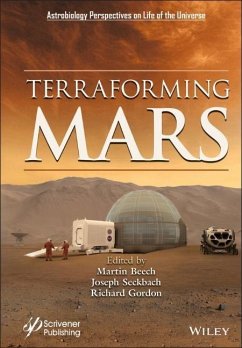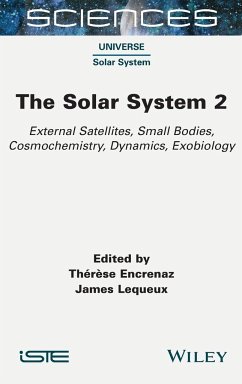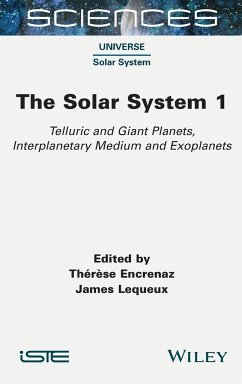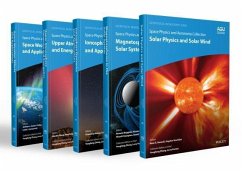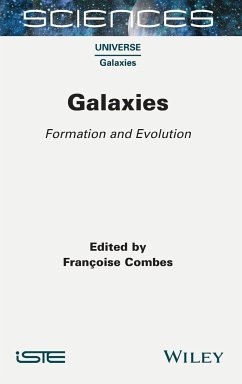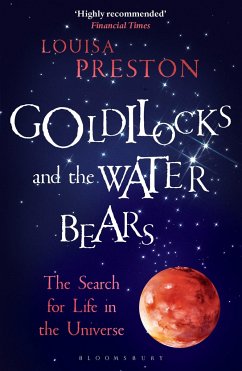Nicht lieferbar
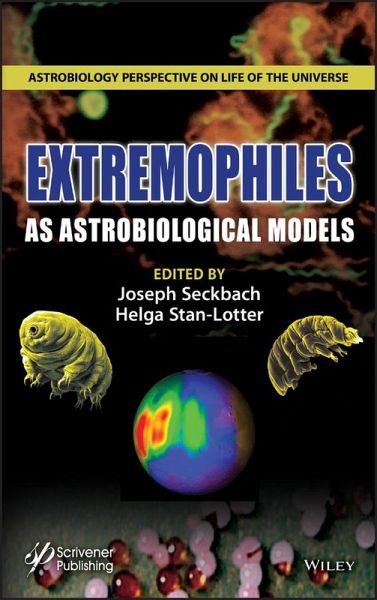
Extremophiles as Astrobiological Models
The data in this book are new or updated, and will serve also as Origin of Life and evolutionary studies. Endospores of bacteria have a long history of use as model organisms in astrobiology, including survival in extreme environments and interplanetary transfer of life. Numerous other bacteria as well as archaea, lichens, fungi, algae and tiny animals (tardigrades, or water bears) are now being investigated for their tolerance to extreme conditions in simulated or real space environments. Experimental results from exposure studies on the International Space Station and space probes for up to ...
The data in this book are new or updated, and will serve also as Origin of Life and evolutionary studies. Endospores of bacteria have a long history of use as model organisms in astrobiology, including survival in extreme environments and interplanetary transfer of life. Numerous other bacteria as well as archaea, lichens, fungi, algae and tiny animals (tardigrades, or water bears) are now being investigated for their tolerance to extreme conditions in simulated or real space environments. Experimental results from exposure studies on the International Space Station and space probes for up to 1.5 years are presented and discussed. Suggestions for extaterrestrial energy sources are also indicated.
Audience
Researchers and graduate students in microbiology, biochemistry, molecular biology and astrobiology, as well as anyone interested in the search for extraterrestrial life and its technical preparations.
Audience
Researchers and graduate students in microbiology, biochemistry, molecular biology and astrobiology, as well as anyone interested in the search for extraterrestrial life and its technical preparations.





